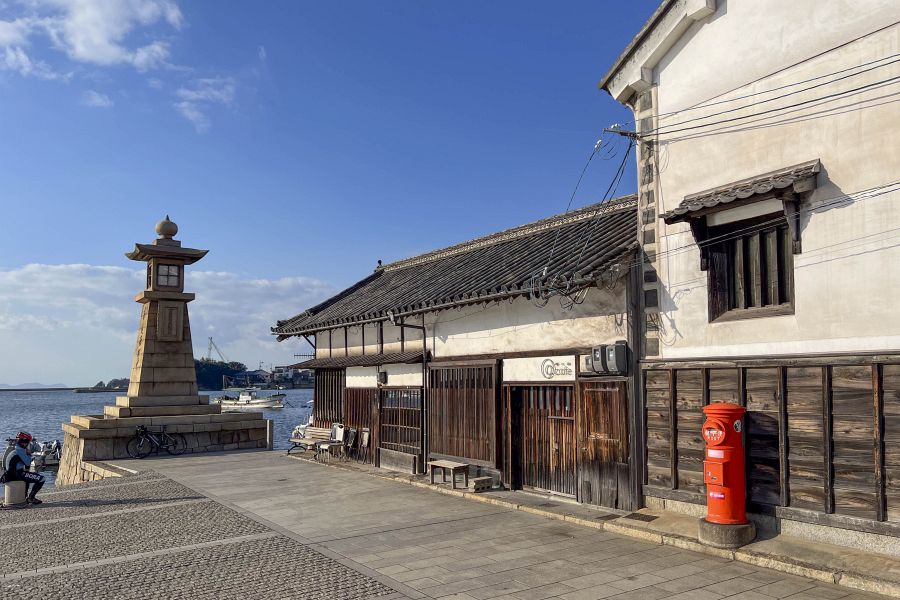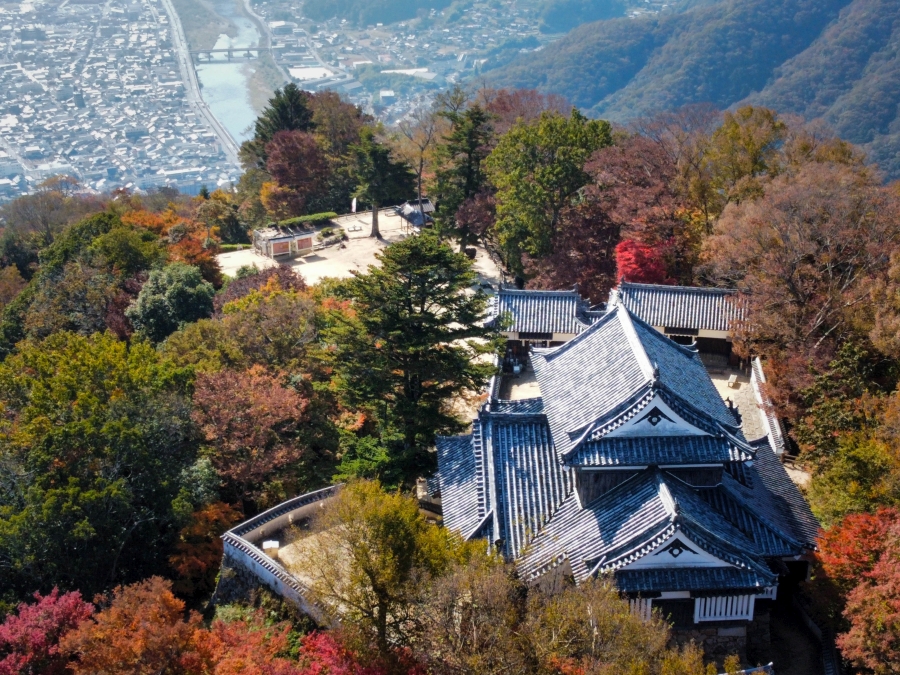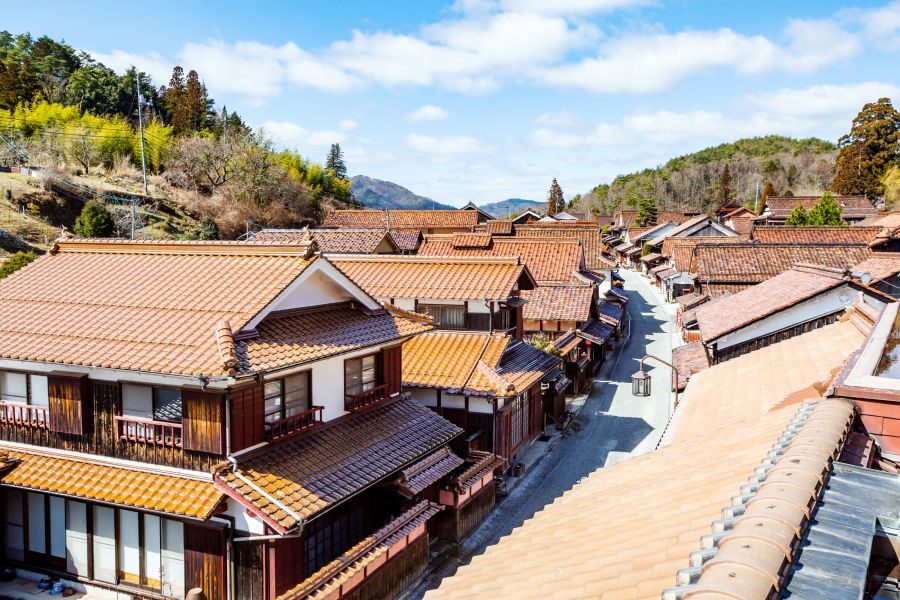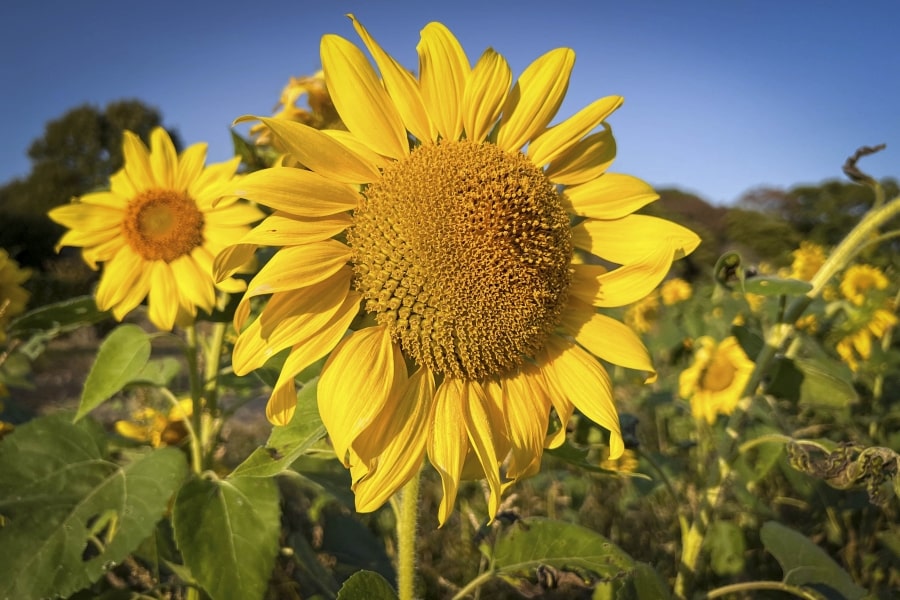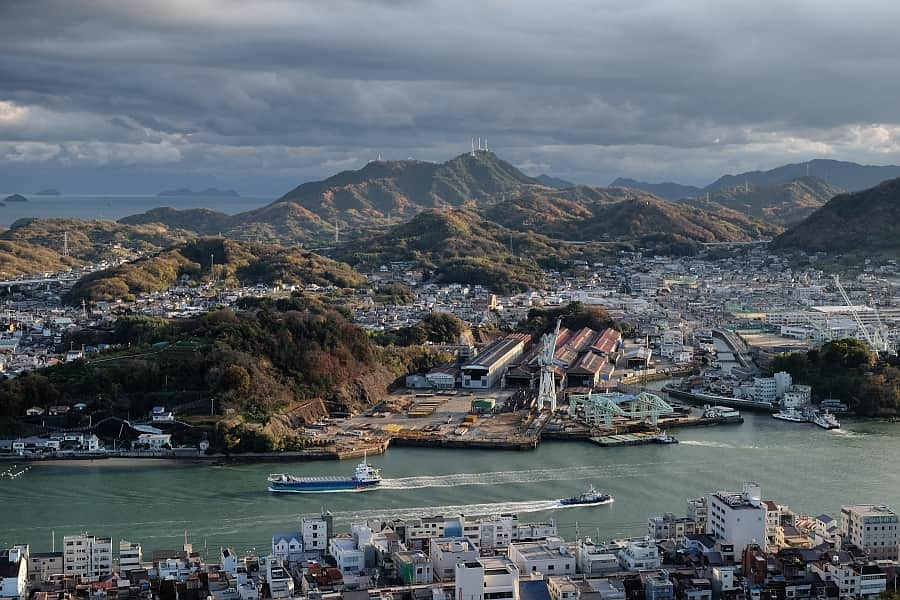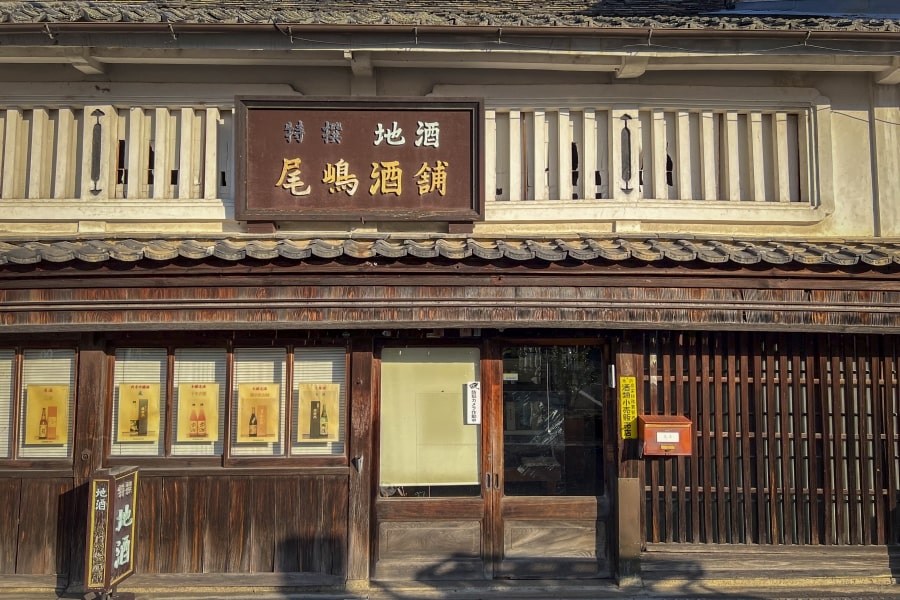SETOUCHI TOURS
Kurashiki
Bitchū Matsuyama Castle stands on a mountain high above the town of Bitchū Takahashi.
Home » Kurashiki
Kurashiki
Kurashiki is a city to the west of Okayama city facing the Seto Inland Sea. It stands on the delta of the Takahashi River down which goods once flowed from the Bitchū domain. Kurashiki encompasses the town of Kojima, an area manufacturing jeans and school uniforms on the little peninsular where the Seto Ohashi Bridge to Shikoku makes land.
Kurashiki is best known for the Bikan Historical Quarter, once the political and commercial centre of Kurashiki, now preserved as a historic district, with many of former storehouses converted into characterful shops, museums, and cafés. It’s an intensely touristy little area that attracts visitors from all over the world, but it doesn’t feel crowded or artificial. It retains an authenticity as a thriving, historic merchant town, with shops and eateries patronised by local people. The Bikan Historical Quarter is a distinct part of the wider city of Kurashiki whose buildings dating from the Edo through the Shōwa periods have been preserved with little change. A beautiful willow-lined canal crossed by stone bridges runs through the centre of the district. The streets on either side of the canal have rows of old storehouses once used for rice and textiles. These simple, elegant buildings of white plaster and grey tile have been repurposed as museums and accommodation. Besides being fun, taking a boat down the canal or a ride in rickshaw offers a different perspective on the town. Exploring Ivy Square, a brick-built textile factory covered in ivy for insulation, is good for an hour or so, longer if you have lunch in its nostalgic restaurant.
The Ōhara Museum of Art has an eclectic collection. It was built in 1930 as the first museum of Western art in Japan. Its incongruous ionic façade adds an exotic element to the district.
There are many shops in the old town selling high-quality items, especially of denim, reflecting the origin of the area’s wealth from production of textiles.
History
Kojima was once an island of a similar size to nearby Shōdoshima, and there were a few small islands where Kurashiki is found today. These islands were inhabited since ancient times and the inhabitants coalesced into numerous weak clans. The area was a good base for trading goods brought down the rivers from inland areas, and for naval warfare. From the time of the Toyotomi government, land reclamation gradually filled in the sea between the islands, and the clans were similarly incorporated into larger groupings. In the Edo period, Kurashiki was taken over by the ruling Tokugawa clan as a place to gather rice as tax, which was stored in warehouses. At that time, Kurashiki had more waterways than today. The cotton grown on Kojima was also stored here before it was traded in northern areas of Japan, carried on ships called kitamaebune.
Previous
Next
Information
Name in Japanese: 倉敷
Pronunciation: kura-shi-ki
Address: Kurashiki, Okayama
Related Tours
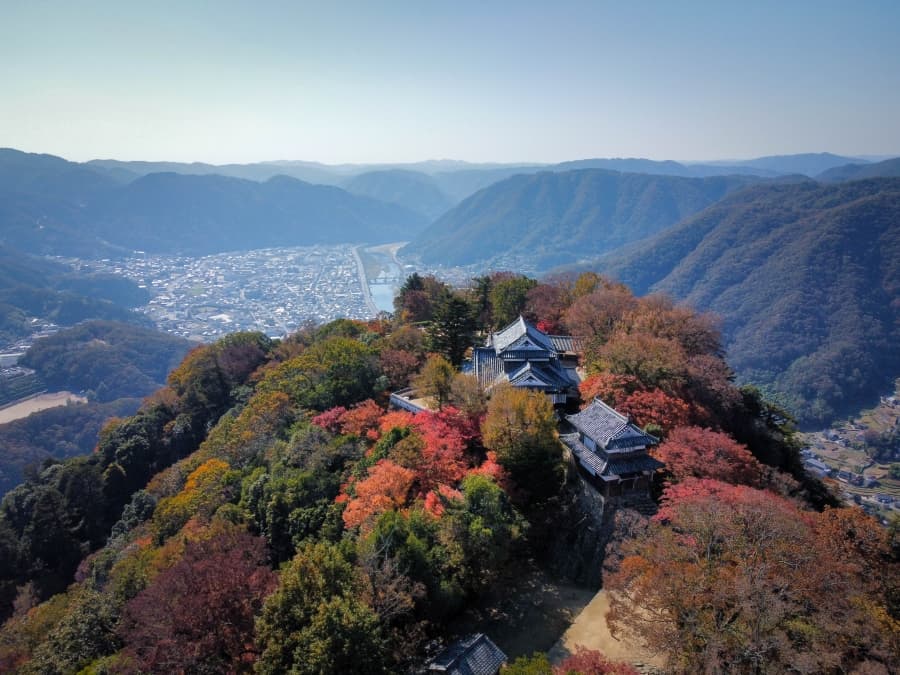
6 Days
¥498,000
This tour visits the major sights of Okayama, Shimane, and Hiroshima prefectures, focusing on the small historic cities of each region, and the natural wonders found in the countryside between them.
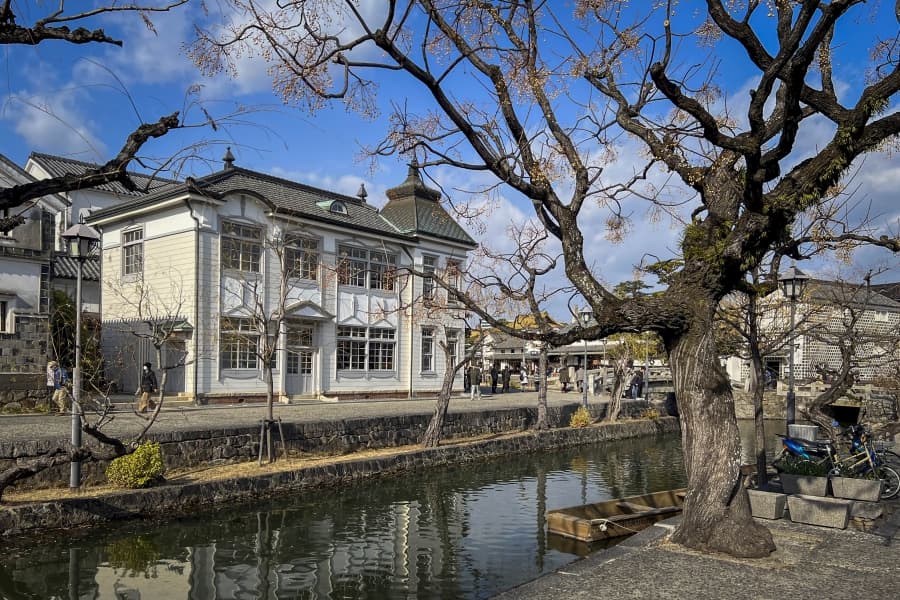
6 Days
¥498,000
This tour visits islands in Hiroshima, Ehime, and Kagawa, and some sights in the coastal regions of Honshū and Shikoku. You explore the Tobishima Kaidō and Shimanami Kaidō island chains, and the art island of Naoshima.
